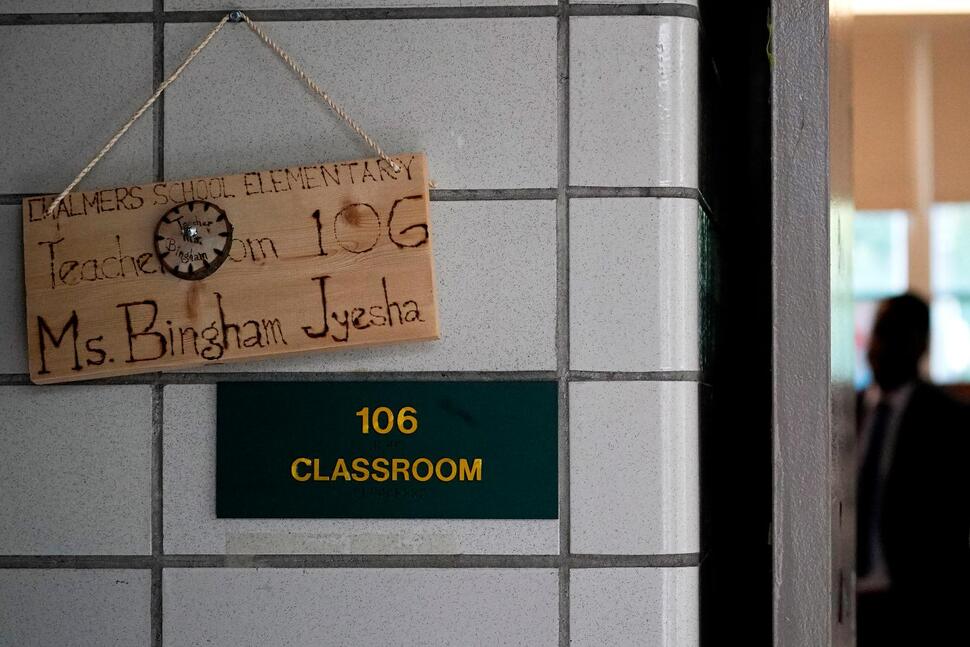Trending
- April 25, 2025
Illinois Initiatives to Combat the Teacher Shortage: Progress and Future Directions

In the heart of Illinois, a pioneering movement is underway to address the critical shortage of educators, a challenge that has long plagued the state’s school systems. With the Illinois Association of Regional Superintendents of Schools releasing its latest findings on Tuesday, it’s clear that while significant strides have been made, the journey towards a full solution continues. This in-depth analysis explores the current landscape of the teaching profession in Illinois, spotlighting both the achievements and the hurdles that lie ahead.
Unveiling the Depth of the Teacher Shortage Crisis
A staggering 90% of Illinois schools are grappling with a serious to very serious shortage of teachers, a predicament exacerbated by the difficulty in finding substitute teachers and the often scant pool of applicants for open positions. This scarcity is not uniform across all subjects but is particularly pronounced in special education and English language learning, areas where the need for specialized instructors is critical.
Identifying Root Causes and Seeking Solutions
Historically, the challenges of low remuneration, high job demands, and the ever-looming specter of burnout have been at the core of the teacher shortage, not just in Illinois but across the United States. The advent of remote work has introduced a new competitor to the arena, as Gary Tipsord, the executive director of the regional superintendents association, points out. The allure of flexibility and the ability to work from any location are drawing potential educators away from traditional classroom settings.
Celebrating Successes and Implementing New Strategies
Despite these challenges, there are glimmers of hope and examples of progress. Key legislative changes, such as the 2017 school funding overhaul, have directed much-needed resources to the most disadvantaged schools. Additionally, adjustments in regulations regarding substitute teaching and the licensure process for new educators are showing promise in alleviating some of the strain.
The Path Forward: Enhancing Incentives and Support
Looking ahead, experts advocate for a multifaceted approach to not only attract but retain quality educators. This includes making teacher pensions more enticing, forgiving school loans, offering financial support for teacher preparation in high-need areas, and ensuring competitive salaries. Crucially, reducing the non-teaching burdens on educators could significantly mitigate burnout and improve job satisfaction.
Strengthening Leadership and Support Systems
The role of principals as instructional leaders cannot be overstated in this crisis. With a critical shortage of administrators reported, it is imperative to bolster support for these key figures, ensuring they too are not overwhelmed by the demands of their positions. Providing focused mentoring and leadership training for teachers and principals alike will be essential in cultivating a robust educational leadership pipeline.
A Call to Action: Recruitment and Legislation
To sustain long-term improvements, the study underscores the importance of recruiting future educators from among middle and high school students, offering tuition assistance and support for those inclined towards teaching. Legislative measures are also called for, aimed at removing barriers for aspiring teachers and ensuring seamless transitions from community colleges to universities.
Conclusion
As Illinois moves forward in its quest to overcome the teacher shortage, it is clear that a collaborative, multifaceted strategy is essential. By addressing the root causes of the shortage, enhancing incentives and support, and laying a foundation for future recruitment, Illinois can pave the way toward a robust and resilient educational system. The journey ahead is undoubtedly challenging, but with continued dedication and innovation, the state is poised to create a brighter future for both its educators and students.
© 2023, www.modelilgov.org/. All rights reserved/HOME/privacy-policy/ sitemap